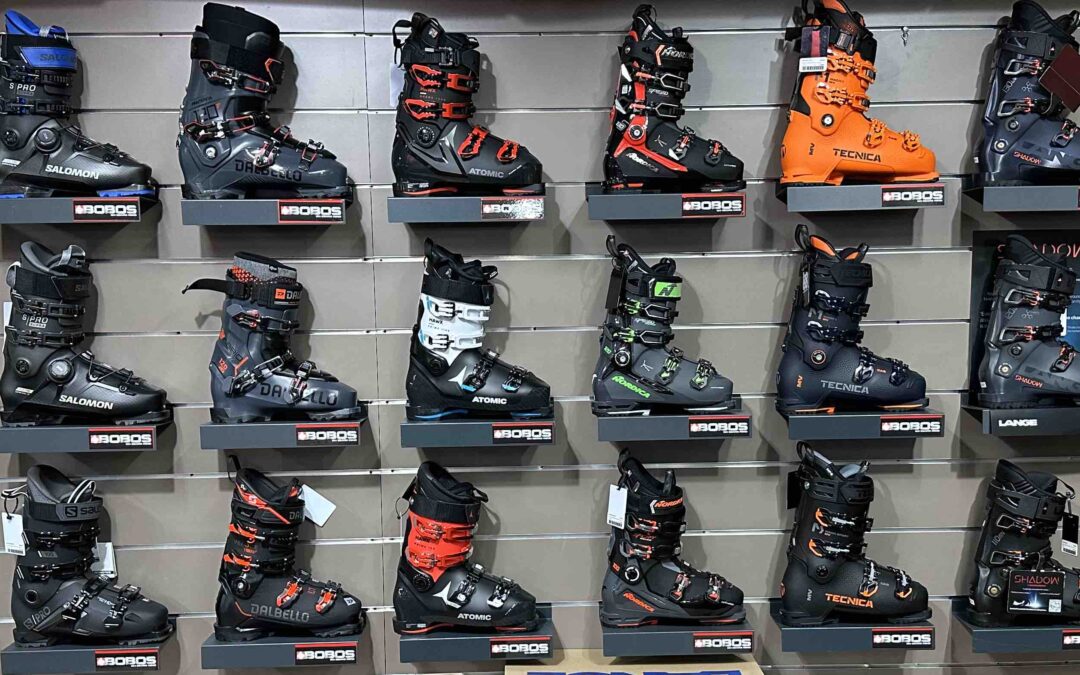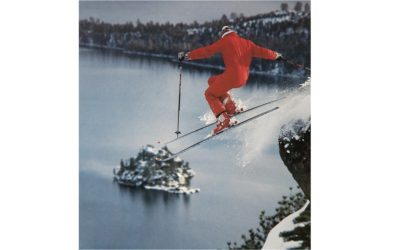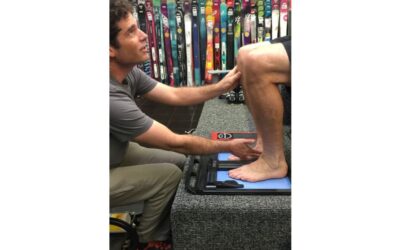
As far as I know, October isn’t “National Buy Your Ski Boots Now” Month, but it should be. Carryover stock will never be more abundant, and new models will still have a full range of sizes, which won’t be true forever. Perhaps most importantly, bootfitters are also in relatively strong supply, so with any luck the one waiting on you won’t be juggling three customers at once. It’s a perfect storm of abundance: values on last year’s models, selection on this year’s new arrivals and personalized service are all at their peak.
The following ever-relevant Revelation was first published as Lessons in Empathy on March 13, 2018.
Almost everyone who submits to the tender mercies of a bootfitter has a history, baggage of prior bouts on the boot bench that turned out poorly. If they wear a crust of mistrust before they bare their feet before a shiny new bootfitter, it’s because experience has taught them that no matter how well the boots seem to fit in the shop, they will transform into untamable hellions the first time they tread on snow.
To chip away at the mistrust crust, the bootfitter must demonstrate that this time, things will be better. He calls out every bone in the foot as he glides over it, caresses the configuration of the arch and puts the ankle through its paces. He contemplates the shape of the calf, the height of the instep and the angle formed by the row of metatarsals. He explains your case as if he were a dermatologist diagnosing an inexplicable rash you picked up on a cruise to Borneo.
The true test of the bootfitter’s perspicacity comes when the first trial boot appears. Before the customer’s tootsies are allowed to descend into the dark maw of the boot’s throat, he receives a litany of provisos and disclaimers not unlike those rattled off near the end every drug commercial on TV.
Your toe(s) will touch the end. Don’t panic. They’ll never be tighter than they are right now. We’ll warm them up later, then you’ll see I’m not lying. You’ll get used to turning your foot 90 degrees. That shooting pain on the outside of your foot? Don’t worry about it! I know your toe is at the end, but I wouldn’t call it “smushed.”
While the bootfitter is applying all this verbal Valium, the oft-abused boot-fittee is balancing on one foot, thinking, Why shouldn’t I panic? A life-before-my-eyes newsreel of old boots that killed my feet is unspooling in the memory storage shed. BTW, my foot isn’t moving, it’s trapped. I’m halfway in this bloody boot and it’s trying to ingest my instep, which is already cramping up as I drop in. The shooting pain you refer to is, or was, my pinky toe, whose hue is now moving through the spectrum of reds, on its way to ultra-violet. And, yes, since you ask, my big toe and whatever you called the one next to it are, I believe, permanently dislocated.
In the scrum between customer and bootfitter, third-party sympathies naturally side with the beleaguered customer. All the pain and suffering seem one-sided. As one who has spent many hours on the other side of this unequal equation, allow me to assure my readership that such is not the case. The myriad difficulties of fit diagnostics aside, bootfitters must wrestle with hard plastics and argumentative tools that shred flesh far more readily than they deform plastic.
Then there are the infinite mysteries of trying to figure out what, Dear Customer, you are all about. Feet present countless problems all on their own, magnified by the fact that they are at the base of a kinetic chain with issues at every junction between the foundation and the source of most intractable boot fit problems, the brain. As the author of your own skiing history, you leave out unflattering bits that would reveal volumes and replace them with self-assessments leavened with large doses of imagination.
The partners in the bootfitter/customer dance need to bring both head and heart to their relationship. Bootfitters have to explain to customers what they’re thinking, where they’re going with model and size selection and why. Customers need to provide detailed history and feedback and be as honest as they can about skills assessment and goals.
Pardon my veering down a side road, but it’s a source of amazement to this observer that practically every skier on the hill has at least one video camera on his or her person yet almost no one has footage to show a bootfitter that would illuminate his or her skill set. But I digress.
In the final analysis, bootfitting is hard on both parties, fitter and fittee alike. Feet weren’t made for ski boots and by all indications boots don’t seem made for feet. Of all the components that make up the modern ski/boot/binding system, boots could use the most re-imagining.
The relationship between bootfitter and skier could also use some re-imagining. For it to work, it has to be a collaboration based on mutual respect and dependent on communication skills. As pricing can be a deal-breaker, both sides would be well advised to put their negotiating chips on the table at the outset rather than leaving all discussion to a mutually unsatisfying conclusion.
The underlying secret to a great boot fit is the same as the secret solution to many of life’s challenges: approach it with an open mind and an open heart.
Related Articles
Larry Prosor belongs in the U.S. Ski & Snowboard Hall of Fame
Larry Prosor didn’t just document the birth of extreme skiing in America, he ignited it. The spark was lit by a nine-page barrage of eye-popping images lovingly displayed in the pages of Powder...
On Beyond Stöckli
Twenty-five years ago, even astute ski industry insiders wouldn’t have predicted that tiny Swiss brand Stöckli would one day be the darling of the specialty retail channel. Then as now, Stöckli’s...
Mining the Revelations Archives
When I first raised the topic of composing a weekly newsletter with Realskiers.com founder Peter Keelty, he coughed, bit down on the Salem that was forever dangling from his lips and curtly advised...






